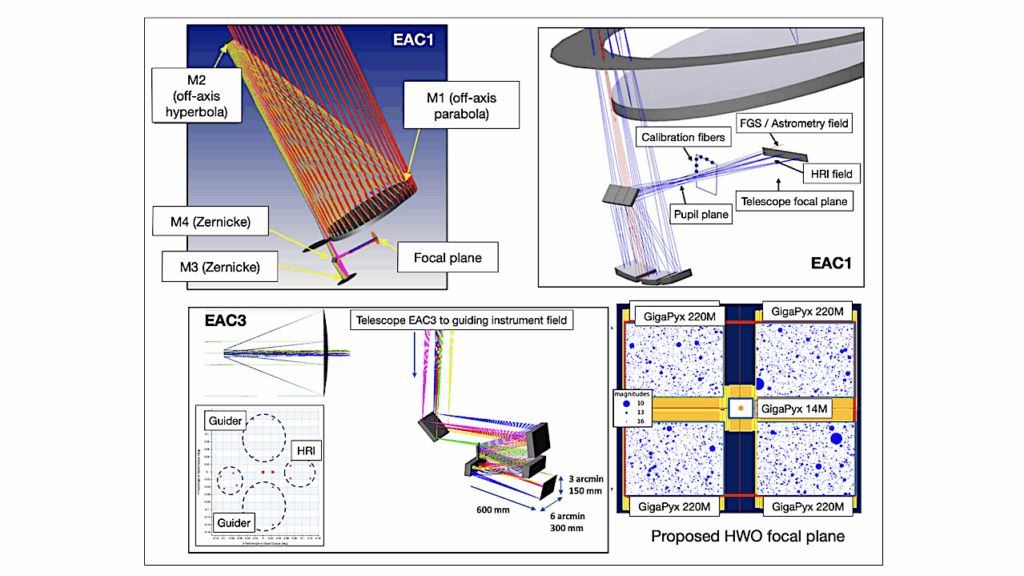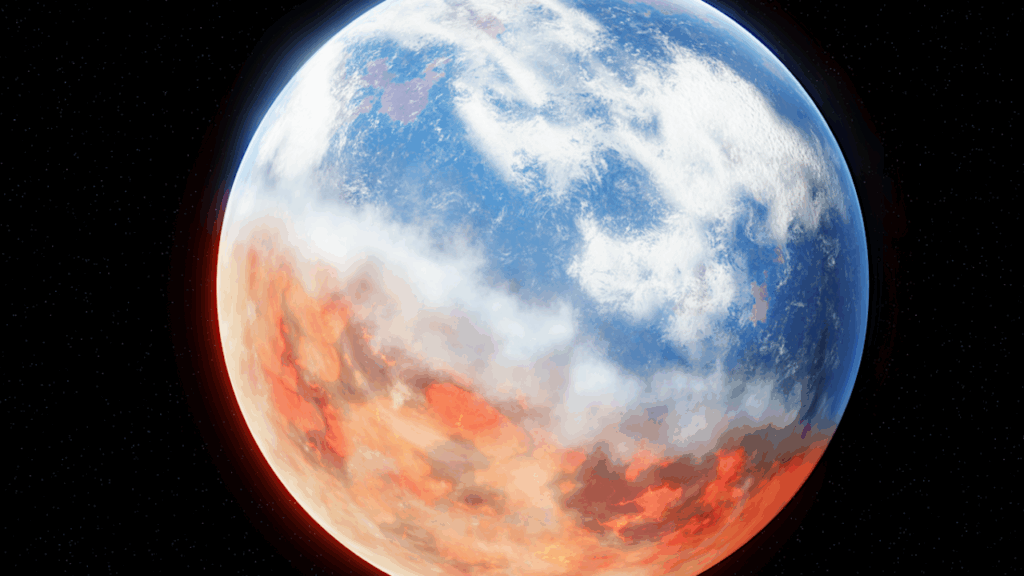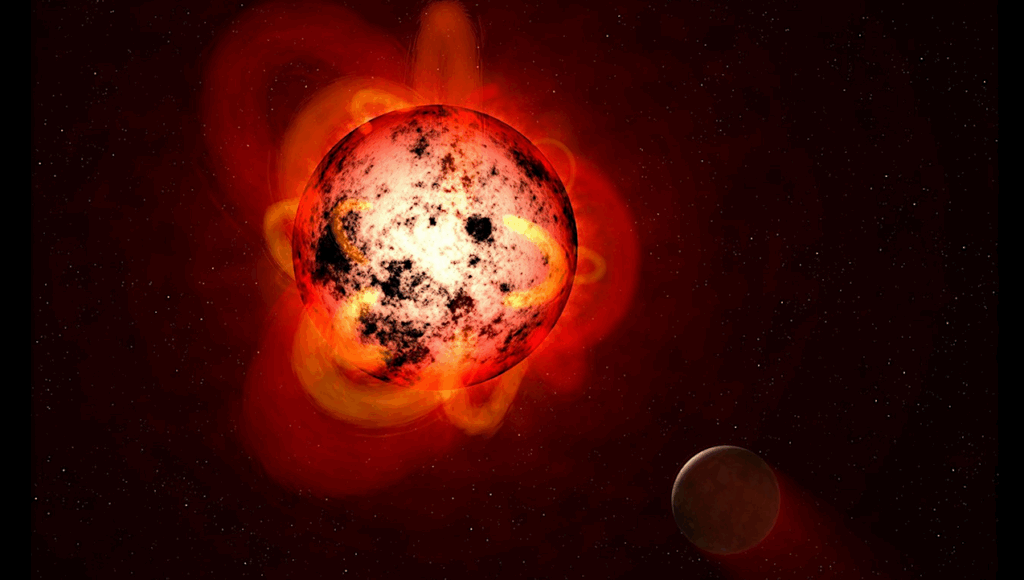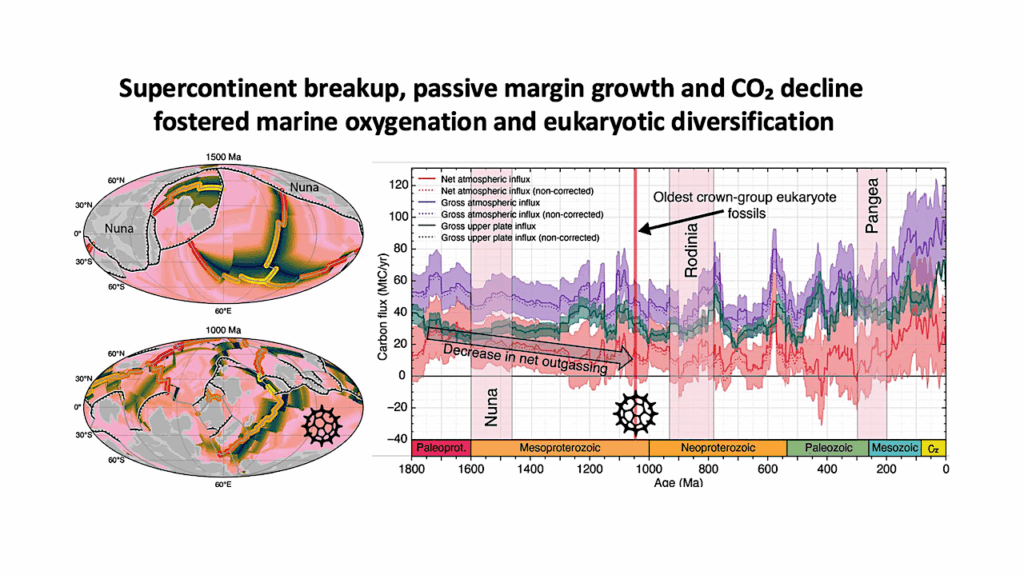A Spectrum Of Possibilities: Insights Into The Evolution Of Far-red Light Photosynthesis
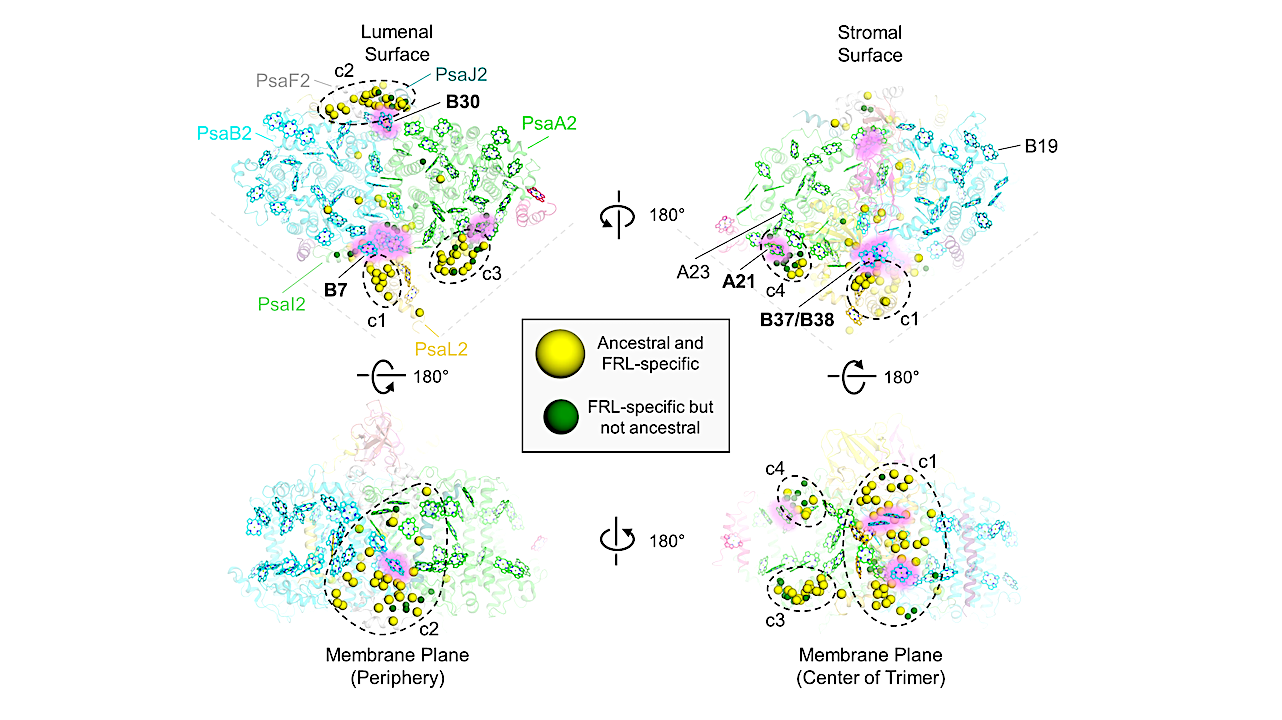
A collaborative study led by Dr. Christopher Gisriel at Yale University and Dr. Tanai Cardona at Queen Mary University of London, published in Frontiers in Plant Science, offers new insight on the origin and evolution of a unique type of photosynthesis that enables some bacteria, specifically cyanobacteria, to harness far-red light.
Far-red light, which falls between 700 to 800 nanometers (nm), hardly visible to the human eye, is beyond the range typically used for photosynthesis because it contains lower energy than the standard visible range between blue and red (400 to 700 nm). The study’s insights into cyanobacteria’s ability to use far-red light are crucial, as they could provide conceptual frameworks to engineer enhanced plants with expanded light absorption capabilities for applications in biotech and agriculture.
The study’s findings not only shed light on the evolutionary journey of far-red photosynthesis but also hold profound implications for our understanding of life in the cosmos. M-dwarf stars, the most common type of star in the universe, emit far more far-red light than visible light, making them potential havens for far-red photosynthesis. If life can thrive on planets orbiting these stars, it could expand the boundaries of our search for extraterrestrial life.

Cyanobacteria CREDIT Thomas_Angus
The researchers’ analysis indicates that the ability to use far-red light evolved in two distinct stages. An early stage that involved cyanobacteria innovating a new pigment, chlorophyll f, enabling the photosystem to harvest far-red light for the first time. In addition, they developed a modified photosystem that could use this pigment to power the oxygen release reaction using only the lower energy red light. This stage possibly occurred in ancestral cyanobacteria forms and might have started as early as 3 billion years ago.
The late stage, occurring approximately 2 billion years ago, further optimized the capacity to harvest far-red light by evolving a second modified photosystem incorporating chlorophyll f at critical locations. This phase coincided with the diversification of cyanobacteria into the lineages existing today.
Significantly, the study also found evidence suggesting that far-red light photosynthesis can be gained by a cyanobacterium through horizontal gene transfer. This discovery indicates that the complex trait could be introduced viably into a photosynthetic organism not previously adapted to use far-red light.
The research underscores the intricate and adaptive nature of photosynthetic systems and opens new horizons for understanding how organisms evolve to harness energy efficiently in varying environmental conditions. The study also lays the groundwork for future explorations into optimising light use in biotech and agriculture, which could lead to algae strains or crop improvements in less-than-ideal light conditions.
Molecular diversity and evolution of far-red light-acclimated photosystem I, Frontiers in Plant Science (open access)
Astrobiology


